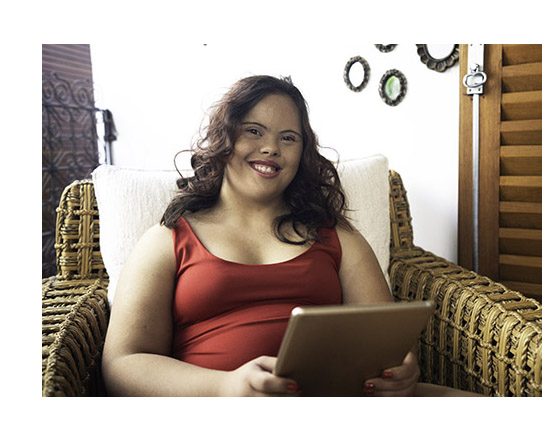The World Wide Web Consortium (W3C) has published its working draft of a guide to making content usable for people with cognitive and learning disabilities.
W3C made the guide specifically for people who create web content and applications. It gives advice on how to make content usable and accessible for people with cognitive and learning disabilities. And it includes a guide for designs and the design process.
The guide explains the different types of cognitive and learning disabilities and how this can affect the way people use online content.
For example, people with cognitive and learning disabilities can have difficulties with:
- perception
- memory
- attention
- orientation
- visual verbal or numerical thinking.
The guide also talks about planning for these users during the design process and has a series of user stories.
The guide provides 10 objectives for web content providers to strive for. They include:
- Helping users understand what things are and how to use them. This often involves using things that are familiar to the user and placing things where people will expect them to be. People with cognitive disabilities often need predictable behaviour and design patterns.
- Helping users find what they need easily by providing a clear layout with good visual cues and clear headings.
- Helping users understand the information with clear text and images.
- Providing support for different ways to understand content, such as graphics, summaries of long documents, and adding icons to headings.
- Helping users avoid mistakes and making it easy to correct them.
- Helping users to keep focus by avoiding distracting the user from their task. If they do get distracted, make sure they can use headings and breadcrumbs to help them get back on track
- Making sure processes don’t rely on the person remembering things like long passwords to login.
- Making it easy for people to get help and give their feedback.
- Supporting adaptation and personalisation, for example, if people want to use add-ons or extensions as assistive technology.
- Testing with real users, including focus groups and usability testing.
W3C published the working draft in July this year and has since published an editor’s draft in November. It’s still welcoming comments and feedback on the draft.
You can find out more and read the guide on the W3C website.


